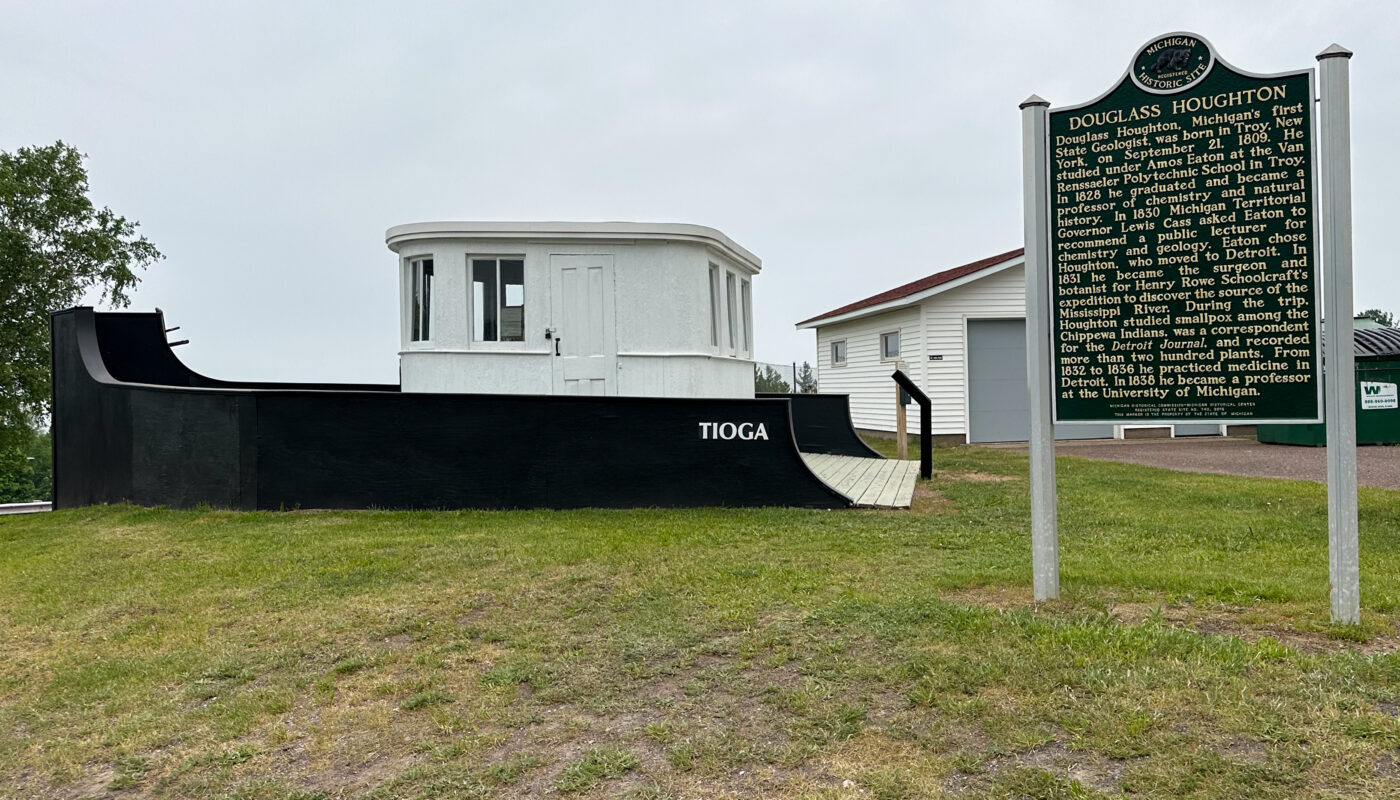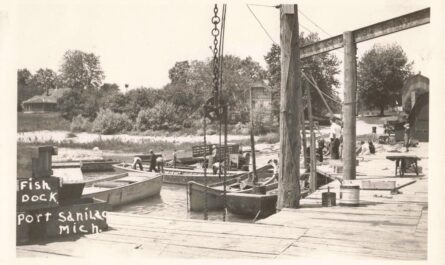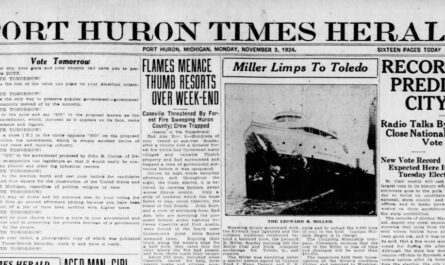If you’ve been here in Michigan for a while, you have most likely heard the name Douglass Houghton, Michigan geologist. There is a lake, a waterfall, and even a whole town named after him. He was Michigan’s first geologist and was critically important to the mining industry here and nationwide. There is no telling how much this “frontier Renaissance man” may have accomplished had he not died tragically at the relatively young age of 36.

Douglass Houghton
Born: September 21, 1809
Died: ???
Douglass Houghton Michigan Geologist – Addicted to Rocks
The story of Houghton’s death involves an almost addictive desire for geological treasures, a rocky beach strewn with once-in-a-lifetime agates, and the sometimes cruel weather that can blow in from the Great Lakes. In fact, any rockhound who has wandered the shores of the Keweenaw Peninsula may well have scooped a keeper or two from the very spot Houghton’s feet last touched dry land. Over 175 years ago, at only 36 years of age, this explorer, geologist, political insider, and serious rock collector died at the hands of Lake Superior.
Epic Rockhound
Houghton could easily be considered Michigan’s “greatest” rockhound. He was certainly the most famous. Houghton was born in Troy New York. Born, raised, and educated in New York State, he attended the Rensselaer School, now known as Rensselaer Polytechnic Institute. Under the direction of famous American educator Amos Eaton, Houghton got an above-average dose of scientific training, especially in geology. From then on, he traveled the path of a serious rockhound.
Douglass Houghton – “Renaissance Man”
- Explorer and naturalist (primarily known for exploration of the Keweenaw and its mineral treasures)
- Michigan’s first state geologist
- Professor of geology, mineralogy, and chemistry at the University of Michigan
- Land speculator
- Licensed physician
- Detroiter – He resided in Detroit when in Michigan and briefly served as its mayor.
- Political insider
- Land surveyor
- Newspaper correspondent
- Rockhound
Douglass Houghton’s Rock Collection
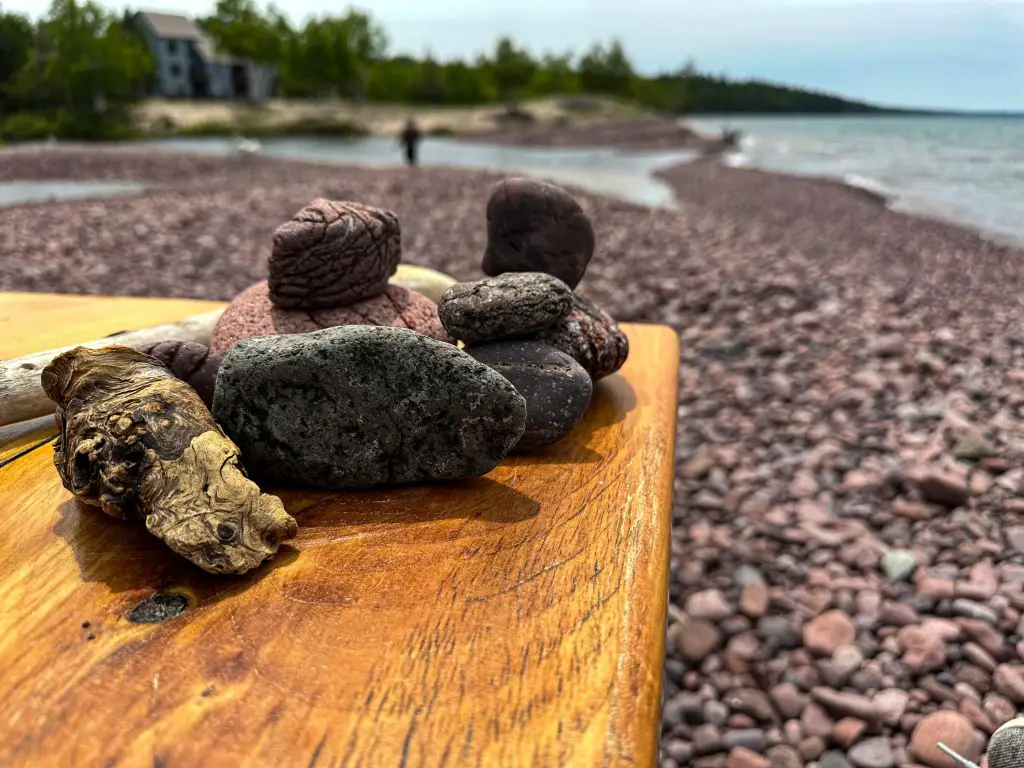
Photo by Carla Antico
For his short lifetime, Houghton amassed a legendary personal gem and mineral collection. As a result of being named a professor of geology, mineralogy, and chemistry at the University of Michigan, he began work on a house in Ann Arbor. Planning to display his collection there, he wrote the following in November of 1941:
“This collection of specimens, which is exceedingly choice, has now been a long time in boxes, and our people are desirous to have a portion at least so arranged as to permit examination.”
Douglass Houghton
Following his death, that collection was curated and became part of the University of Michigan’s mineral collection. But his geological treasures eventually returned to the area of his greatest geological contributions, the Keweenaw Peninsula. In 2015, Houghton’s collection came “home’ to the A.E. Seaman Mineral Museum on the campus of Michigan Tech in Houghton. The museum, which includes much more than just Houghton’s collection, is open to the public seven days a week during the summer. Any rockhound that finds themselves in the vicinity owes it to themselves to check out its many marvels. For full information, visit the museum website here.
He See’s Copper As A State Resource
Houghton was in love with the Keweenaw’s copper deposits. Michigan copper was of a very high quality and exceptionally pure. He was convinced a full geological survey of the Keweenaw was vital, as it was the best way to find and eventually commercially mine the valuable ore.
In 1837, after Michigan officially became a state, the legislature gave the financial go-ahead for such a survey and put Houghton in charge. He was unanimously appointed state geologist, the first-ever, and got to work. His work formed the bedrock of what was to become Michigan’s revolutionizing copper mining industry – the first great mining boom in American history. Houghton eventually became known as the “father of copper mining in the United States.”
But by 1845, state funding for the survey had dried up, and his dreams of collecting the Keweenaw’s copper riches appeared doomed. Not about to give up, he went to the federal government and convinced them of the value of the Keweenaw’s copper. He then organized and led another survey expedition which involved both a land and geological survey of the Keweenaw Peninsula.
Rock Star
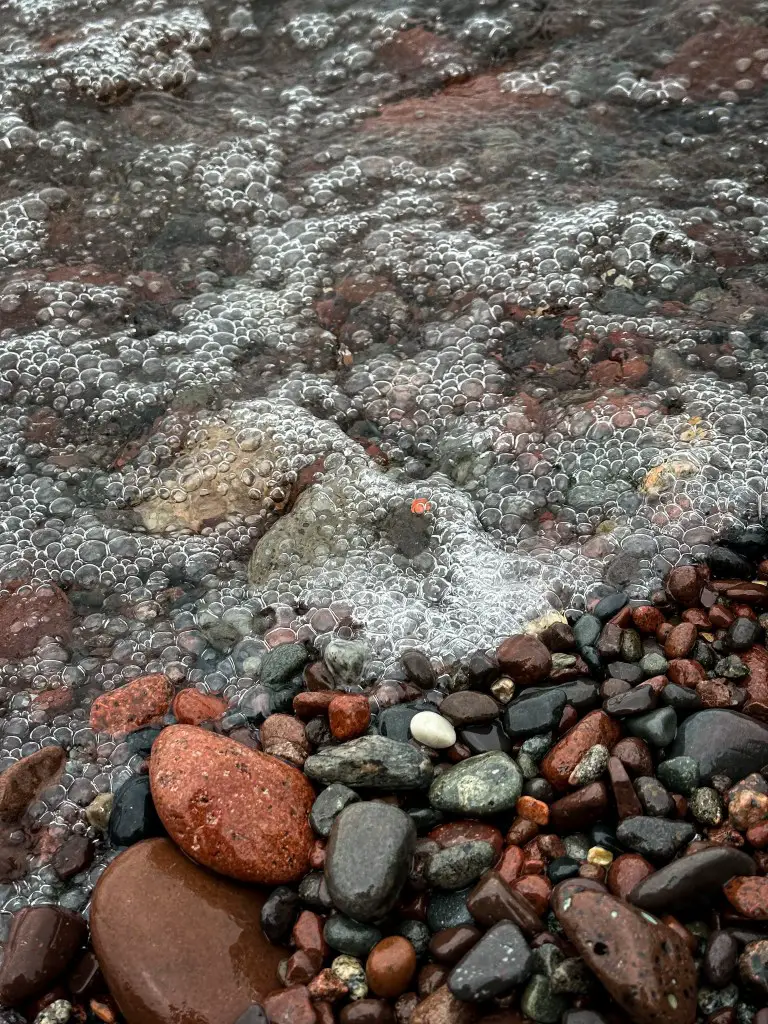
Photo by Carla Antico
Clearly, Douglass Houghton did a lot to further geological research and discovery here in Michigan. His zeal to open up the Keweenaw Peninsula to copper mining directly led to the mass influx of immigrants that came from various European countries to work the mines in both the Keweenaw and other parts of the upper peninsula. Those immigrants stayed and added a unique flavor to Michigan’s population. (Yes, we got the pasty from miners who came from Cornwall, i.e., the famous Cornish pasty.)
Keweenaw’s Favorite Son
There are all kinds of Michigan things named after Douglass Houghton. These include the Keweenaw town that houses the public research university particularly noted for geological research – Michigan Technological University (better known as Michigan Tech). Scratch a Michigan-educated geologist, and there is a good chance you will hit the Houghton vein.
Houghton is a big deal in the Keweenaw because he spent so much time up there. In addition to exploring and documenting its mineral riches, he also put his medical training to use by heading up a massive smallpox vaccination effort for Native American peoples.
Swallowed by Superior
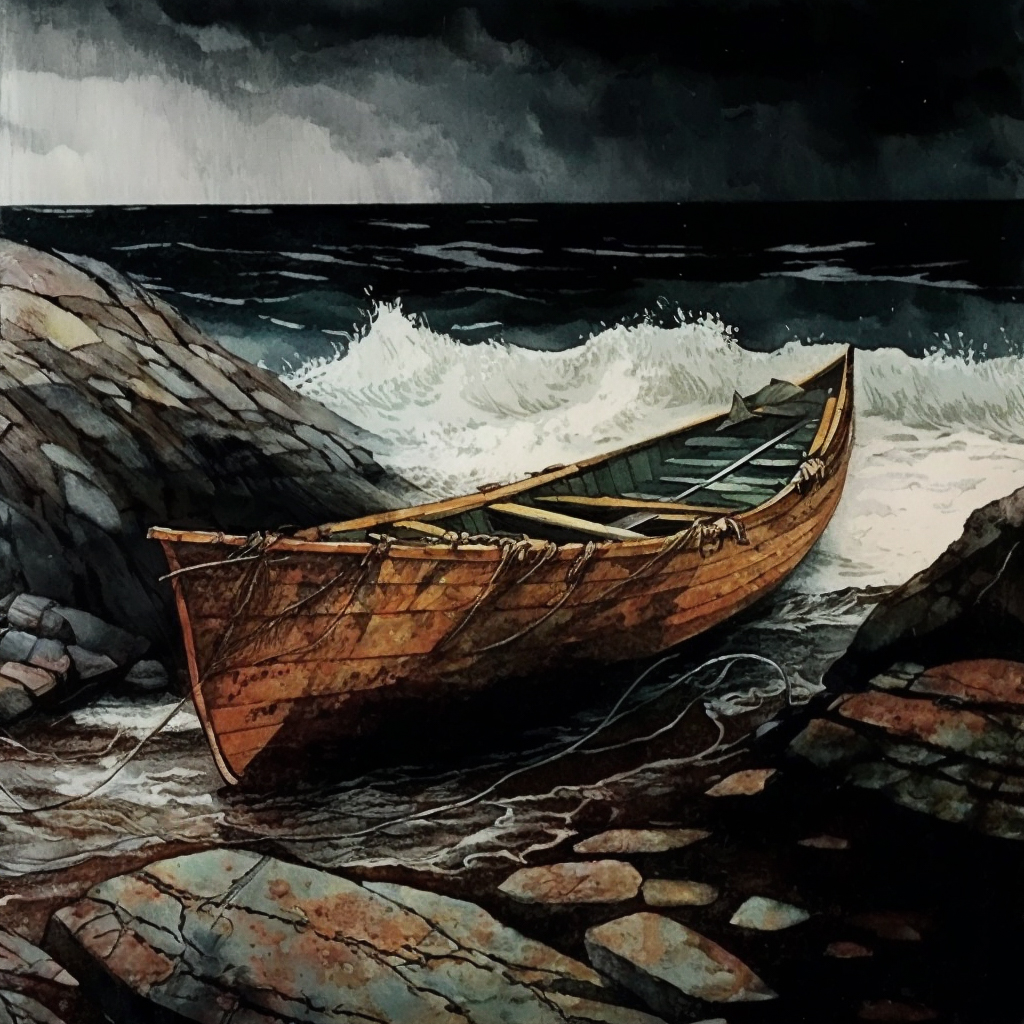
The fall of 1845 saw Houghton leading his survey expedition through the wilds of the Keweenaw. They were on the peninsula’s North shore, in Eagle Harbor. At that time, Eagle Harbor consisted primarily of a tavern on the harbor’s western tip. On October 13, 1845, Houghton and five companions climbed into canoes and paddled west toward Eagle River.
It was reported that warnings about an approaching storm were not heeded. When their vessels capsized, Houghton and two other men were drowned. There were three survivors – two other crew members and Houghton’s dog, Meeme. However, confirmation of Houghton’s death didn’t come until the following spring, when his body was discovered washed ashore near what is now the town of Eagle River.
Houghton was quite well known in both the state and the nation by this time in his career, and his death was big news. As he had lived in Detroit during much of his time in Michigan and was well-liked, his body was taken there. His crowded funeral was held in May of 1846, and attendees included the entire Michigan House of Representatives. Despite having been born, raised, and educated in New York, he was buried in Detroit’s Elwood cemetery.
Two Signs: One Mistake
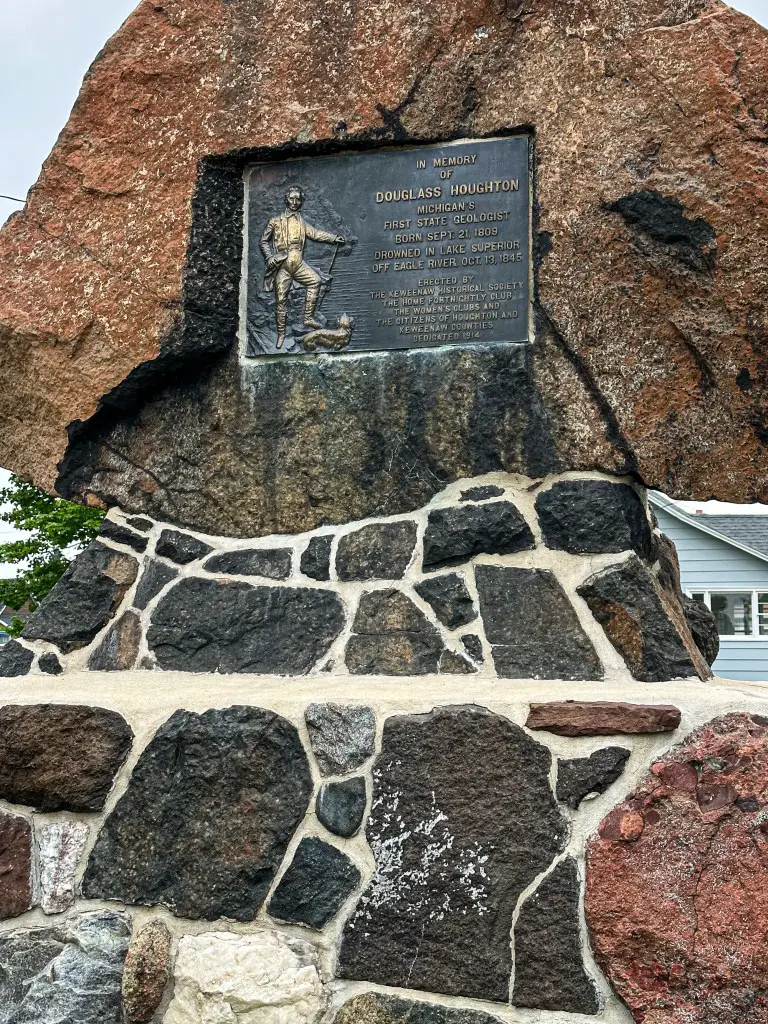
The town of Eagle River, which serves as the Keweenaw County seat and is the place where Houghton’s drowned body was found, sports several memorials to the man. The largest includes a large stone monument standing watch over the main road into this very small town. The monument stones were gathered from area mines. A metal plaque is embedded in the monument, listing the dates of his birth and death.
The stone monument is flanked by a large wooden historical sign credited to the Keweenaw County Road Commission (KCRC). The sign summarizes the town’s history and its Houghton connection. But it includes a small mistake.
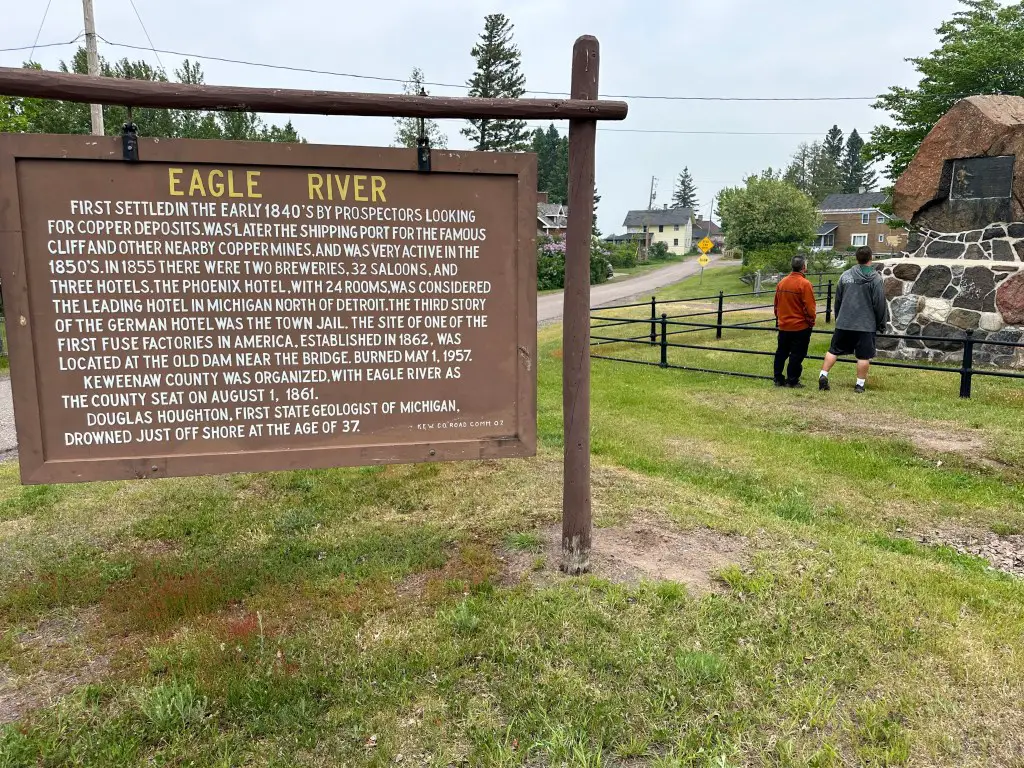
The KCRC sign states Houghton drowned at the age of 37. That is not correct. He was only 36. His birthday had arrived the month before he departed Eagle River in those canoes in October of 1845. Keep in mind his death couldn’t be confirmed until his body was found in the spring of the following year, 1846. Sign-makers likely did the math and came up with 37 as his age, as 37 years are separating 1809 and 1846. They forgot to take his birth month into account.
A new sign, courtesy of the Michigan Historical Commission, was erected nearby. With two sides, this metal sign provides a great deal more information on Houghton, his many contributions to the area, and additional details of his death. It is here that the three survivors—two men and Houghton’s dog—are mentioned.
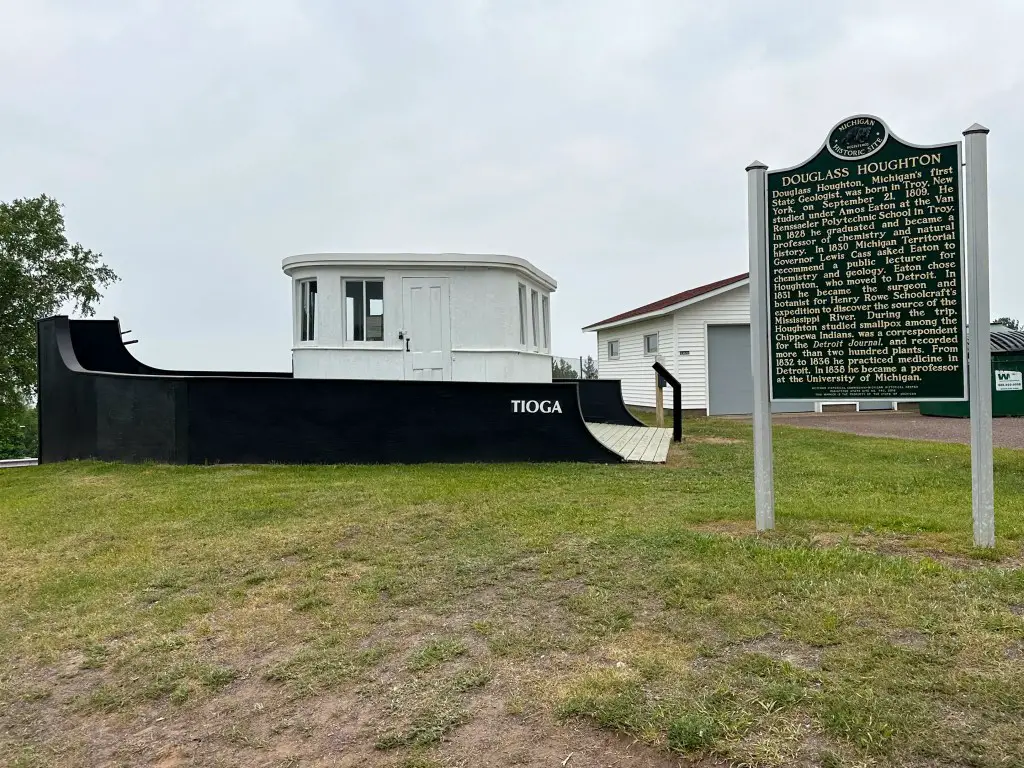
Houghton left behind a wife, two children, and a lot of unfinished work. He was working on two surveys when he died, and neither was ever completed.
Houghton’s legacy is perhaps no better appreciated than by a simple walk on the beach. How many Michigan rockhounds have been able to gather endless delight from exploring the treasure-rich beaches of the Keweenaw? To think of Houghton, his crew and his dog departing from the same rocky beach you are standing on adds a whole new element to any trip to the Keweenaw’s northern shore.
So the next time the Superior fog rolls in on your hunt, and you catch a glimpse of something moving through the waters offshore, perhaps it is the great rockhound himself, wishing you luck.
The Rich Shores of the Keweenaw
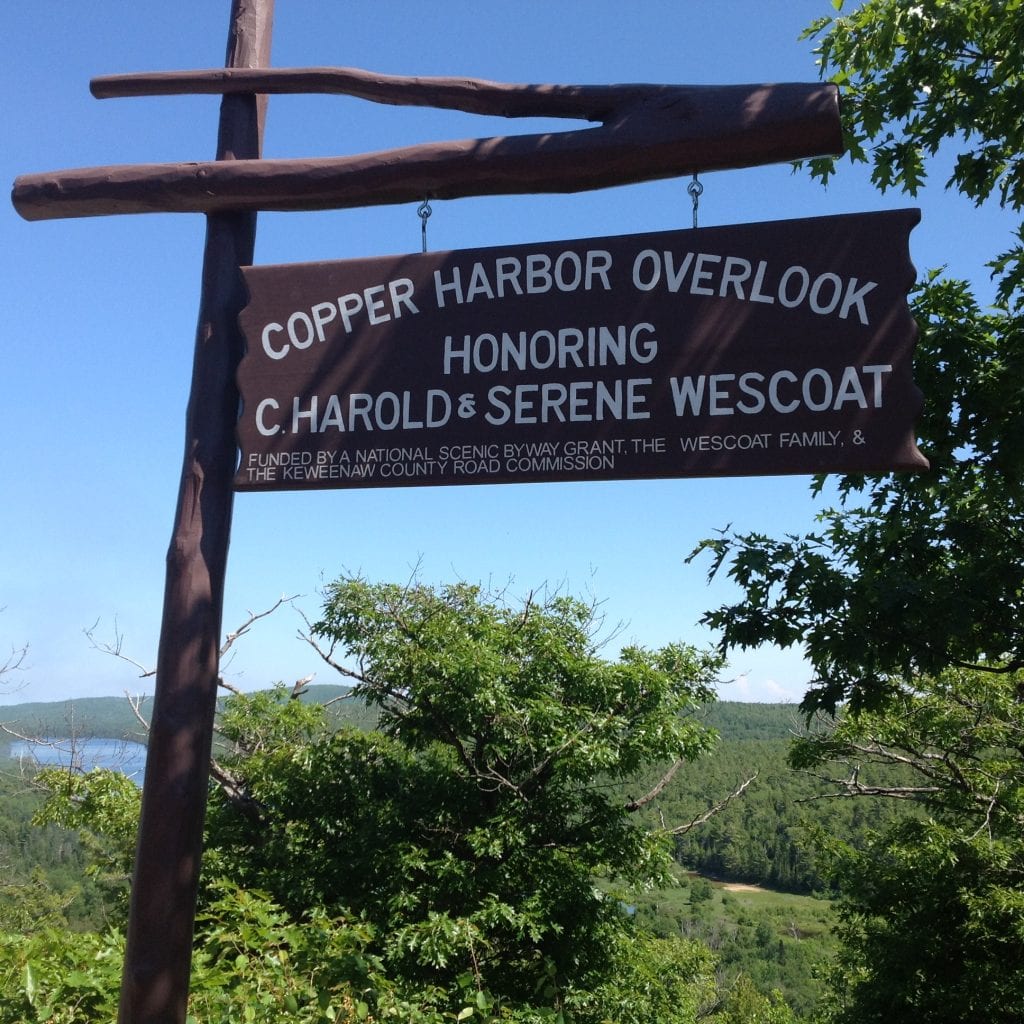
The “northern” shore of the Keweenaw Peninsula, from Copper Harbor down to Agate Beach Park south of Freda, is an excellent hunting ground for all sorts of sought-after treasures. The stretch is part of only two in the UP where Lake Superior agates can be found in significant numbers. Check out the Michigan Rockhounds rock hunting map for more information on exact locations.
FAQs About Douglass Houghton
Who was Douglass Houghton?
Douglass Houghton (1809–1845) was an American geologist, physician, and professor. He served as Michigan’s first State Geologist, significantly contributing to the exploration and documentation of the state’s mineral resources, particularly in the Keweenaw Peninsula. Houghton also held positions as a professor of geology, mineralogy, and chemistry at the University of Michigan and briefly served as the mayor of Detroit in 1842
What were Douglass Houghton’s major contributions to Michigan’s geology?
As a State Geologist, Houghton led extensive surveys of Michigan’s geology. His 1841 report detailed significant copper deposits in the Upper Peninsula, sparking the nation’s first major mining boom. Houghton’s work laid the foundation for Michigan’s mining industry and contributed to the state’s economic development.
How did Douglass Houghton die?
In October 1845, while surveying the Lake Superior region, Houghton’s boat capsized during a storm near Eagle River, Michigan. He and two companions drowned in the incident. His death was widely mourned, and his legacy is honored through various Michigan landmarks bearing his name, including the city of Houghton and Houghton County.
A Final Chink of This Michigan Rockhound
Douglass Houghton’s enduring legacy is evident across Michigan, with numerous landmarks bearing his name, including Houghton County, the city of Houghton, and Houghton Lake. His pioneering geological surveys not only unveiled the state’s rich mineral resources but also laid the groundwork for Michigan’s mining industry. Houghton’s multifaceted contributions as a geologist, educator, and public servant have left an indelible mark on the state’s history and development.

